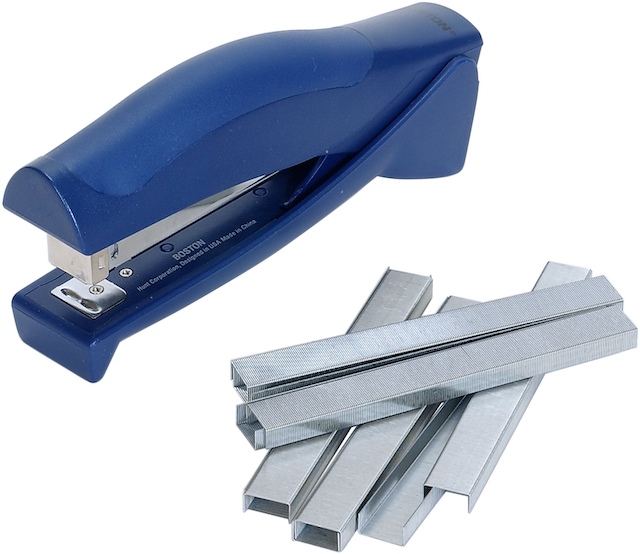Sausage Casing Is An Unsung Hero
Sausage is a beloved culinary delight enjoyed in various forms and flavors across the globe. From bratwurst in Germany to chorizo in Spain, sausage-making is an ancient art that has been perfected over centuries. While the ingredients and seasonings used in sausage recipes often take the spotlight, there’s another essential component that plays a crucial role in the sausage-making process: the sausage casing. In this comprehensive guide, we’ll explore everything you need to know about sausage casing, from its history and types to its importance in sausage production and how it affects the final product.
A brief history of sausage casing
Sausage-making traces its roots back to ancient civilizations, where early humans discovered that stuffing meat into animal intestines preserved it for longer periods. Animal intestines, particularly those of sheep, pigs, and cattle, were readily available and provided a natural casing for holding the seasoned meat mixture together. Over time, sausage-making techniques evolved, and different cultures developed their own unique varieties of sausages using a variety of casings and seasonings.
Types of sausage casings
Modern sausage-making offers a wide range of casing options to suit different types of sausages and culinary preferences. Here are some common types of sausage casings:
1) Natural casings
Natural casings are made from the cleaned and processed intestines of animals, typically pigs, sheep, or cattle. They are prized for their natural appearance, texture, and flavor, which contribute to the authentic taste and appearance of traditional sausages. Natural casings are available in various sizes and shapes, including hog casings for larger sausages like bratwurst and sheep casings for smaller sausages like breakfast links.
2) Synthetic casings
Synthetic casings are made from artificial materials such as cellulose, collagen, or plastic. They are uniform in size and shape, making them ideal for mass production and consistency. Synthetic casings are often used for processed meats like hot dogs, bologna, and deli meats, where a uniform appearance and texture are desired.
3) Collagen casings
Collagen casings are made from the connective tissue of animals, typically beef or pork. They are uniform in size and texture and offer excellent strength and durability, making them suitable for a wide range of sausage types. Collagen casings are popular for fresh sausages, smoked sausages, and cured meats, as they provide a natural casing appearance with the convenience of a synthetic casing.
4) Cellulose casings
Cellulose casings are made from plant-based materials such as cotton or wood pulp. They are non-edible and are typically removed before consumption, making them ideal for smoked and cooked sausages where the casing is only needed during the cooking process. Cellulose casings are easy to peel and provide a smooth, uniform appearance to sausages.
Importance of sausage casing
Sausage casing plays a crucial role in the sausage-making process, serving several important functions that contribute to the quality and appearance of the final product:
1) Shape and structure
Sausage casing holds the seasoned meat mixture together, giving the sausage its characteristic shape and structure. Casings provide support and stability during cooking, ensuring that the sausage retains its shape and doesn’t fall apart.
2) Flavour and texture
Sausage casing influences the flavor and texture of the sausage, imparting its unique characteristics to the final product. Natural casings contribute a rich, authentic flavour and a satisfying snap when bitten into, while synthetic casings provide a smooth, consistent texture.
3) Breathability and cooking properties
Sausage casing allows moisture and smoke to permeate the sausage during cooking, enhancing its flavor and aroma. Natural casings are breathable and absorbent, allowing for optimal moisture retention and flavor development. Synthetic casings offer excellent barrier properties, preventing moisture loss and ensuring even cooking.
4) Presentation and appeal
Sausage casing adds visual appeal to the finished product, enhancing its presentation and attractiveness to consumers. Natural casings provide a rustic, artisanal look that appeals to traditionalists, while synthetic casings offer a uniform, consistent appearance that is visually appealing.
Selecting and using sausage casings
When selecting sausage casings for your sausage-making endeavours, you need to consider the following factors.
1) Type of sausage
Choose a casing that is appropriate for the type of sausage you are making. Natural casings are well-suited for traditional, artisanal sausages, while synthetic casings are ideal for processed meats and mass production.
2) Size and shape
Select casings that match the size and shape of your desired sausages. Consider the diameter and length of the casings to ensure they accommodate the amount of filling and fit your sausage stuffer or stuffing equipment.
3) Preparation and handling
Prepare and handle sausage casings according to the manufacturer’s instructions. Natural casings should be soaked in water to soften them before use, while synthetic casings may require rinsing or pre-treatment to remove any processing residues.
4) Stuffing and filling
Use a sausage stuffer or stuffing machine to fill the casings with the seasoned meat mixture. Take care to avoid overfilling or underfilling the casings, as this can affect the texture and appearance of the finished sausages.
5) Cooking and storage
Cook sausages according to your recipe’s instructions, taking care not to overcook or undercook them. Store leftover sausages in the refrigerator or freezer in airtight containers or vacuum-sealed bags to maintain freshness and quality.
Exploring sausage casing in culinary traditions
Sausage casing is an integral part of culinary traditions around the world, with each culture showcasing its own unique varieties of sausages and casing preferences. Here are some examples of sausage casing in culinary traditions.
1) European sausages
European countries like Germany, Italy, and Spain are renowned for their diverse and flavourful sausages, many of which are made with natural casings. From bratwurst and knackwurst to chorizo and salami, European sausages are celebrated for their authenticity and artisanal craftsmanship.
2) Asian sausages
Asian cuisines like Chinese, Japanese, and Thai also feature a wide range of sausages made with natural and synthetic casings. Chinese lap cheong sausage, Japanese yakitori sausage, and Thai sai krok Isan sausage are just a few examples of the diverse sausage offerings in Asian cuisine.
3) American sausages
In the United States, sausages are a beloved culinary staple enjoyed in a variety of forms and flavours. From classic hot dogs and breakfast sausages to gourmet artisanal varieties, American sausages showcase the versatility and creativity of sausage-making.
Sausage casing for form and flavor
Sausage casing may not always take the spotlight, but its role in sausage-making is indispensable. From shaping and flavouring sausages to enhancing their presentation and appeal, sausage casing contributes to the overall quality and enjoyment of this beloved culinary delight. Understanding the importance of sausage casing opens doors for seasoned sausage-makers and curious culinary enthusiasts to a world of flavours, traditions, and gastronomic adventures. So, the next time you bite into a delicious sausage, take a moment to appreciate the unsung hero behind its perfect form and flavour—the sausage casing.



